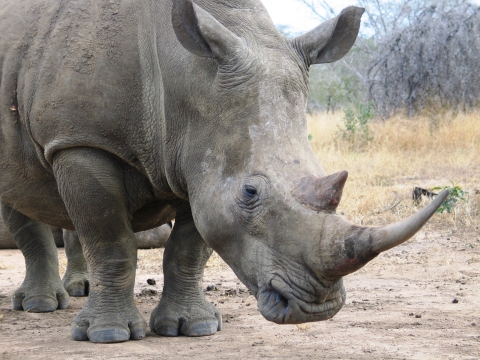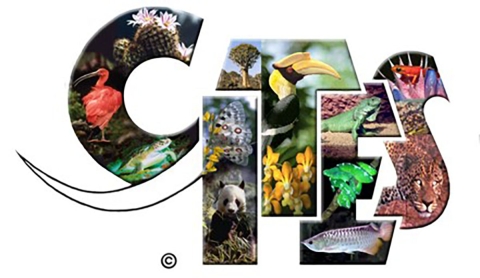What We Do
The International Affairs Program engages in distinct but complementary lines of work. Our services are varied, ranging from species, regional, and threat-based financial assistance programs to conservation permitting.
Through our competitive species, regional, and threat-based financial assistance programs, we collaborate with a range of partners around the world to address threats to wild animals and plants and their habitats while promoting science-based diplomacy, knowledge exchange, and individual and institutional capacity building to ensure long-term success. We have proven leadership in evidence-based conservation and in using data to demonstrate our impact and improve the effectiveness of our investments.
In the policy arena, we provide leadership in implementing domestic laws and multilateral environmental agreements related to the conservation of plants, animals, and habitats. These include the Convention on International Trade in Endangered Species of Wild Fauna and Flora (CITES), the Canada/Mexico/U.S. Trilateral Committee for Wildlife and Ecosystem Conservation and Management, and the Convention on Wetlands of International Importance (Ramsar). Through CITES, we ensure legal trade and sustainable use of more than 40,900 native and non-native CITES-listed plants and animals. We also collaborate with State agencies, Tribes, and foreign governments to reduce unsustainable demand and improve the treaty's effectiveness.
Under CITES and other authorities, we manage a comprehensive conservation permitting system, which supports wildlife-related trade while ensuring the conservation of the species in the wild. We issue an average of 30,000 permits per year for the import, export, and re-export of animal and plant species, providing important economic and other benefits to individuals, businesses, scientific institutions, States, Tribes, and others.


